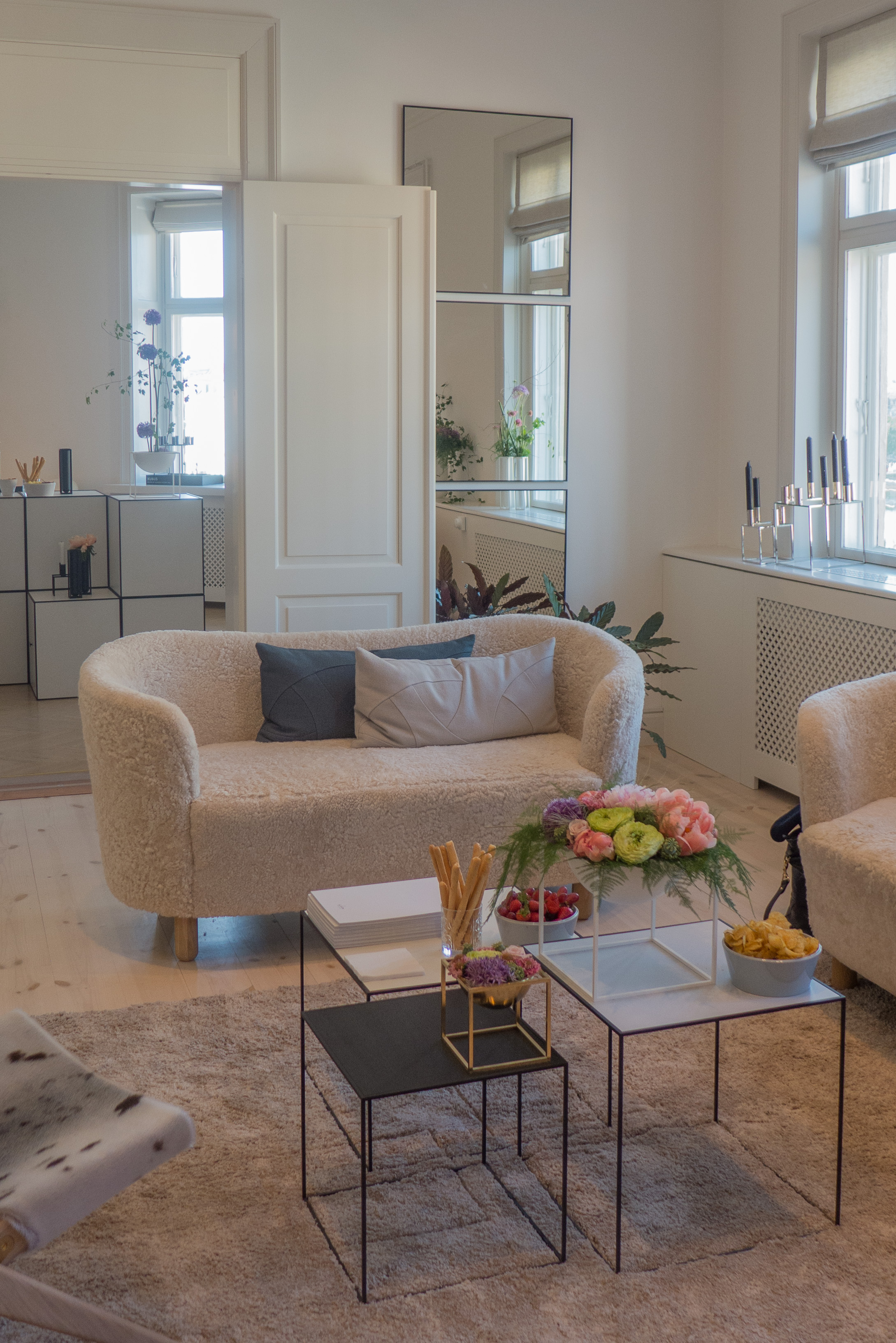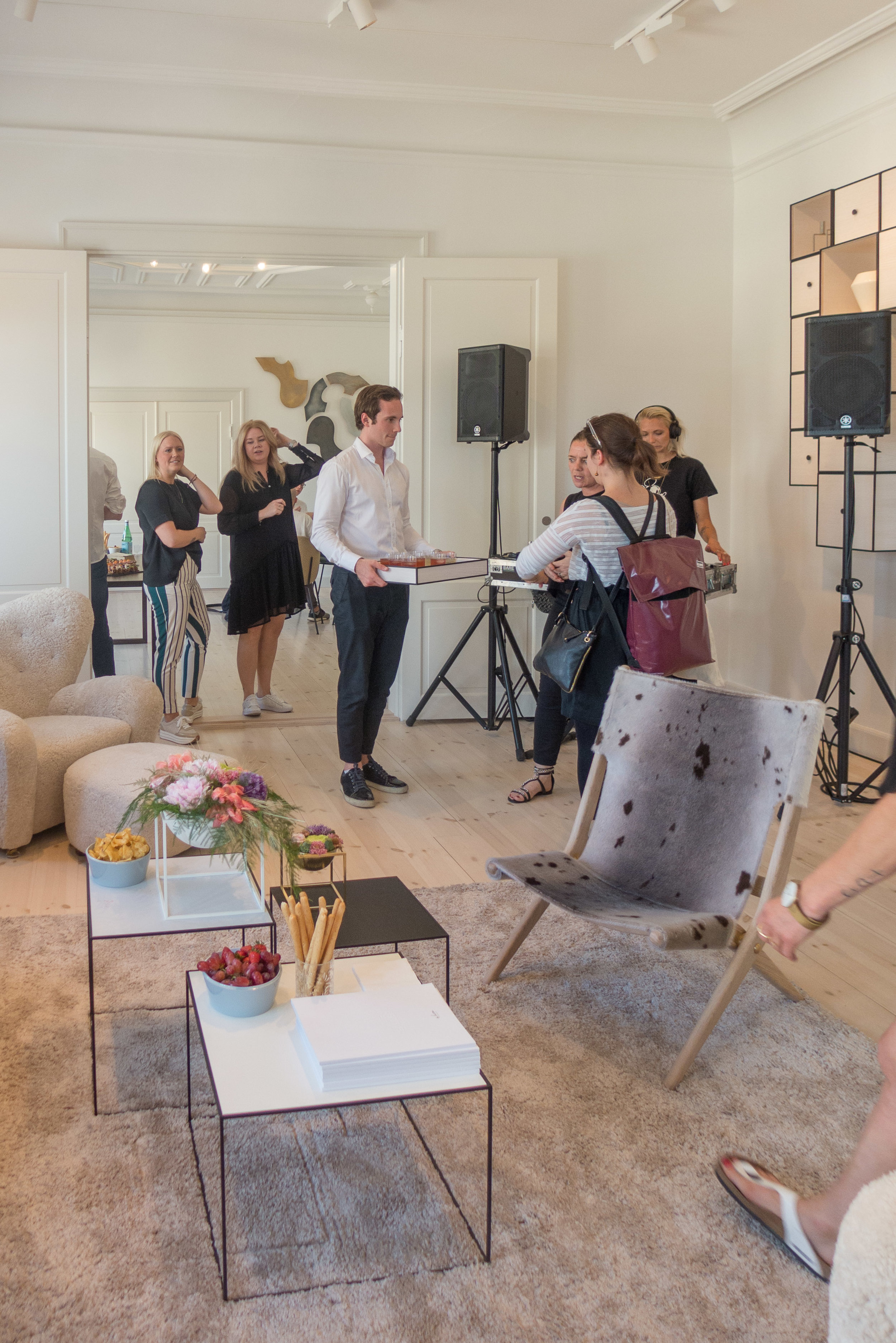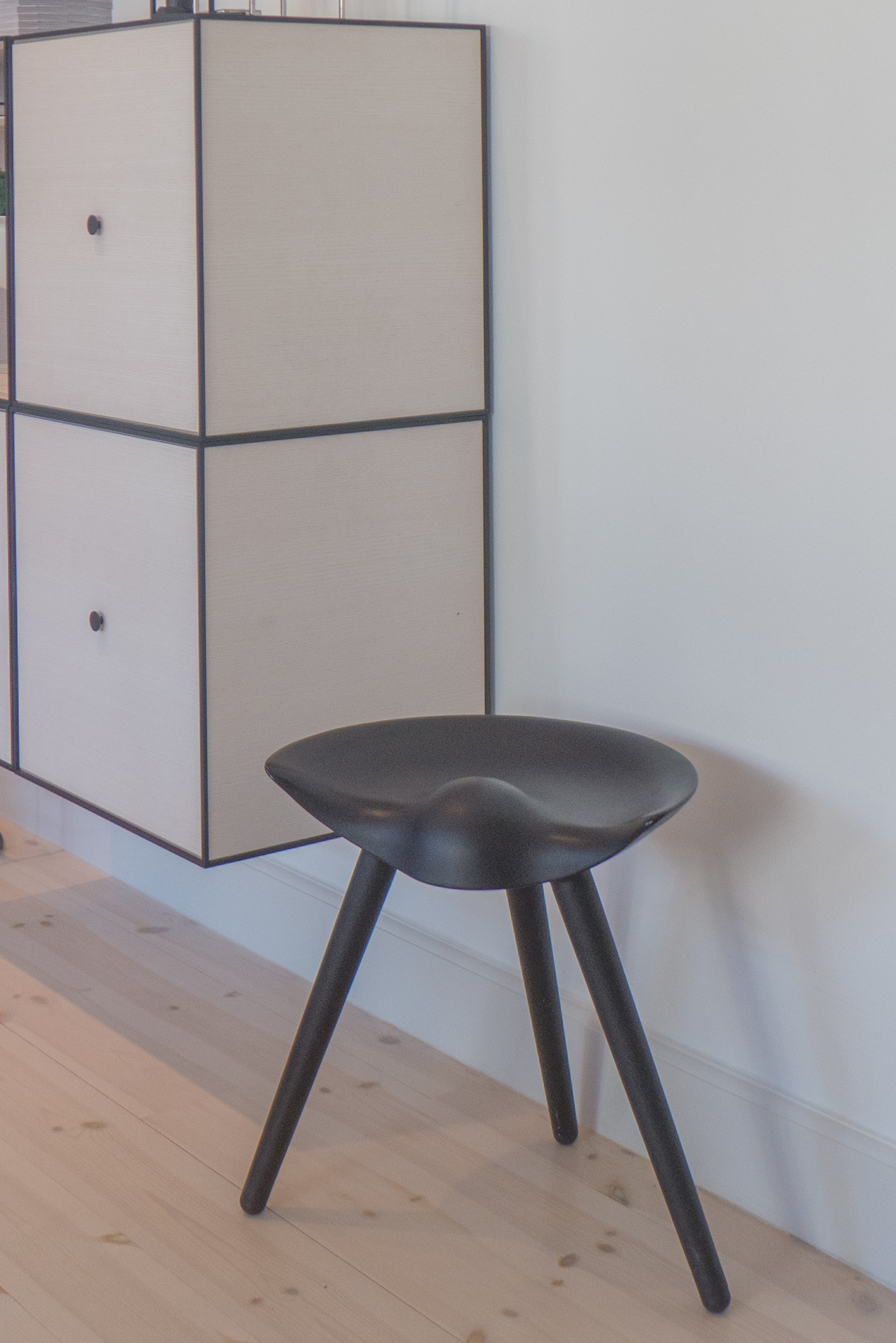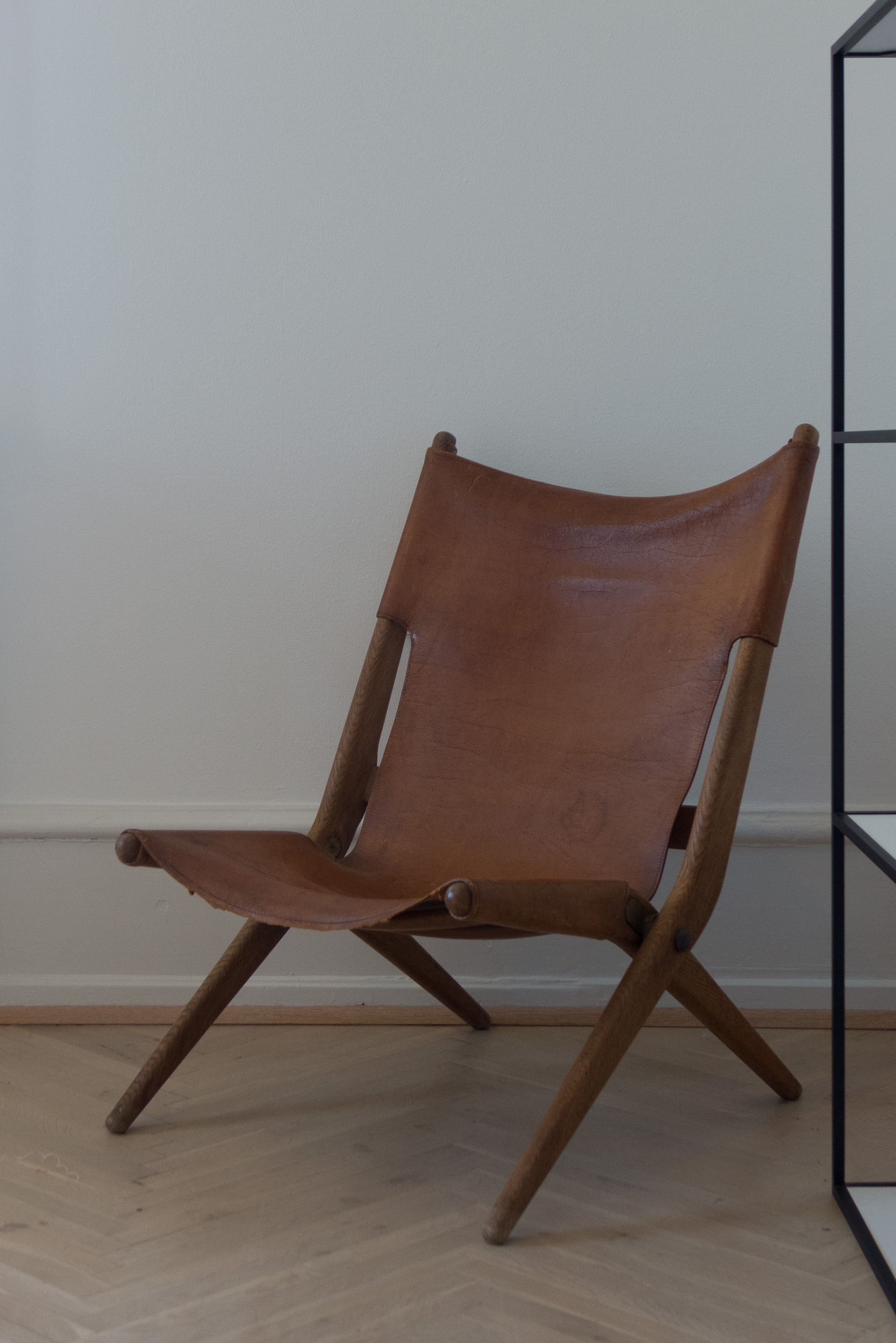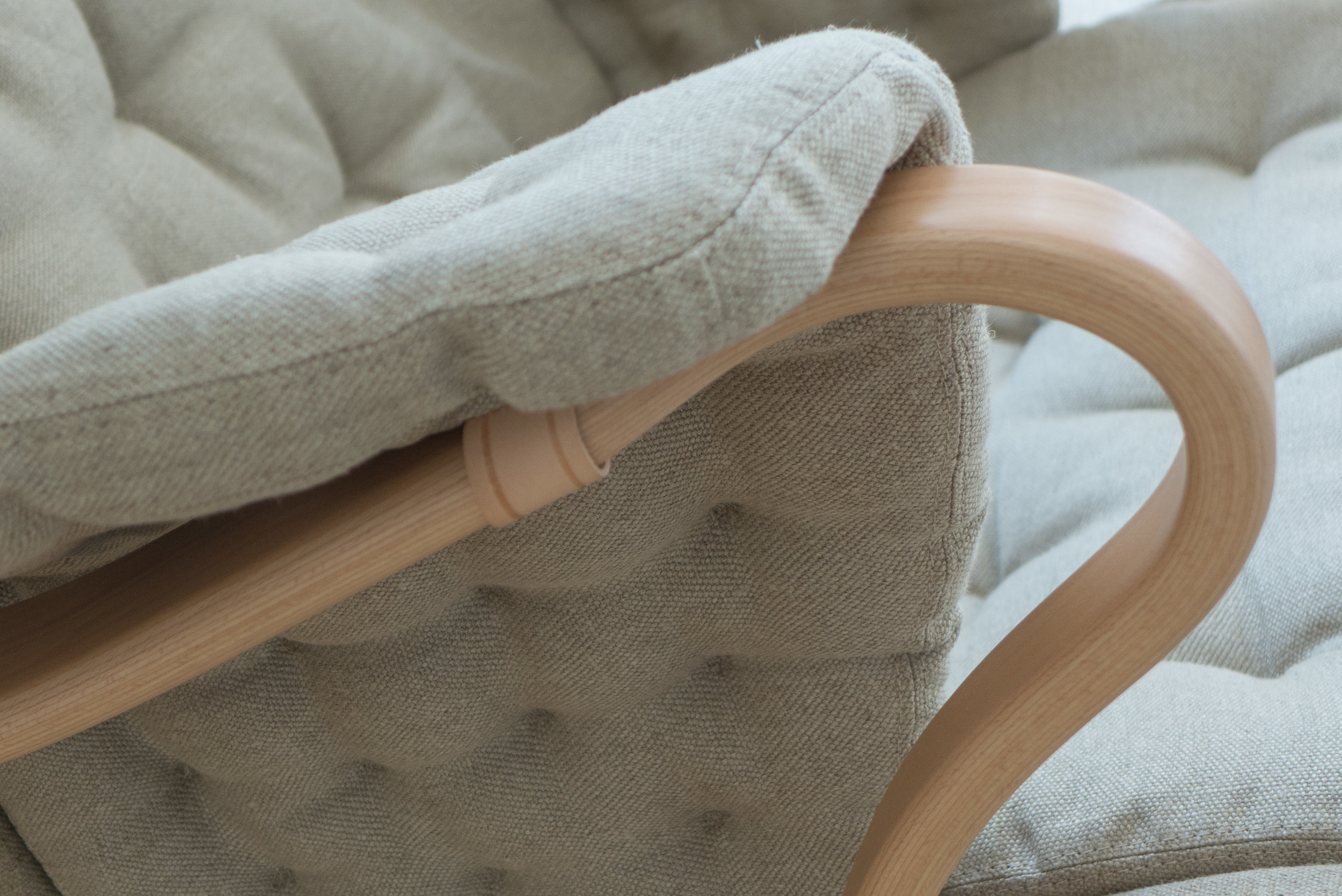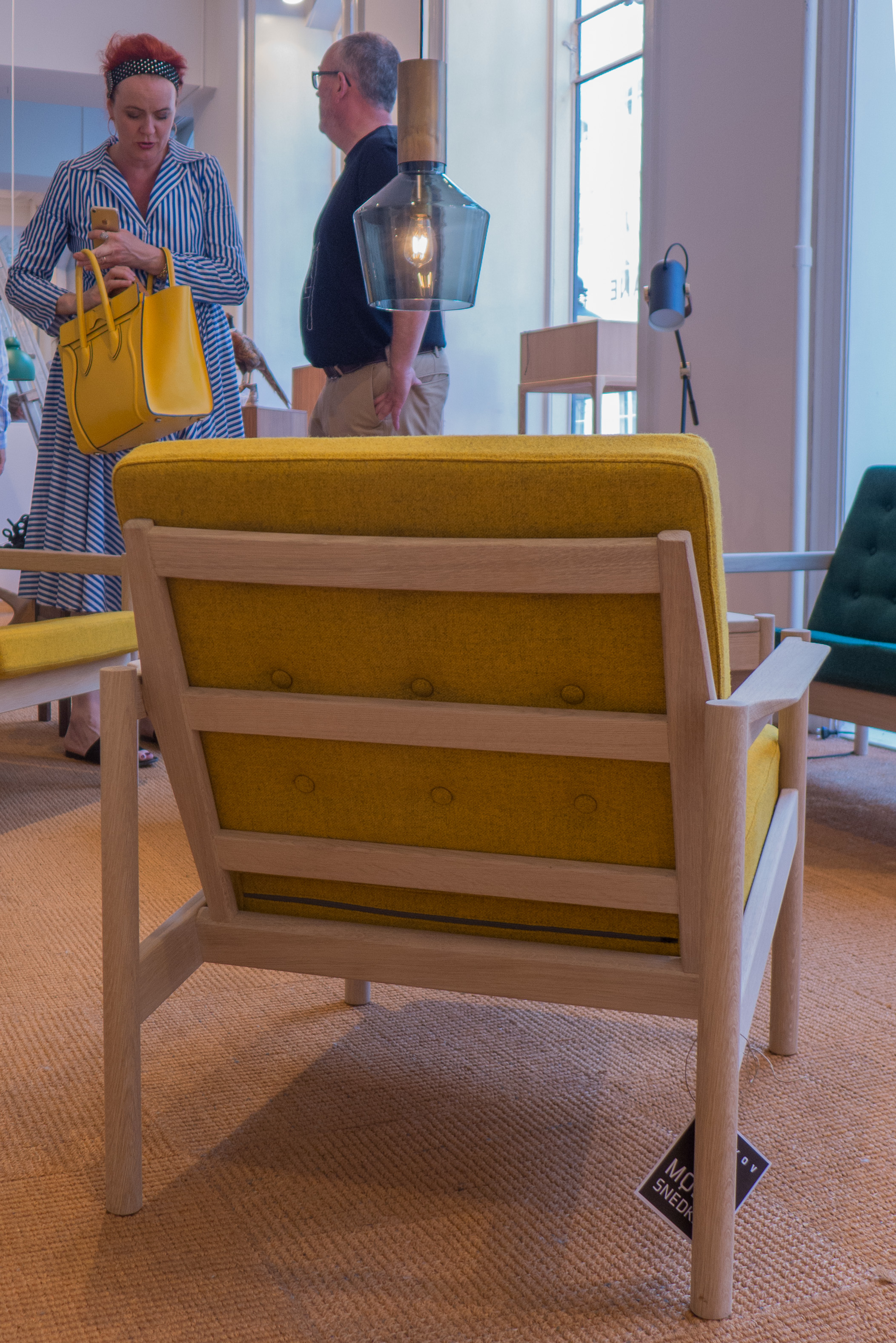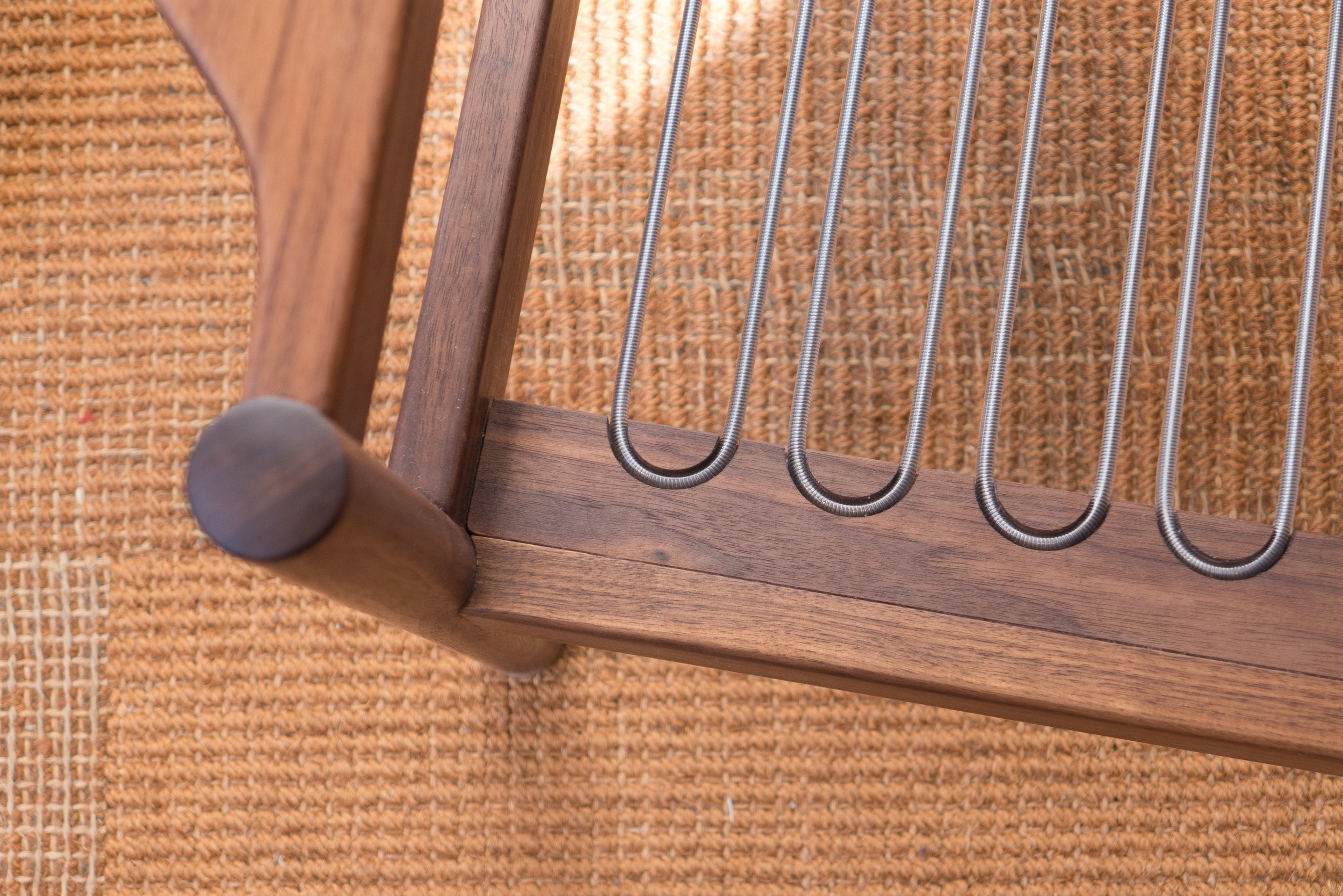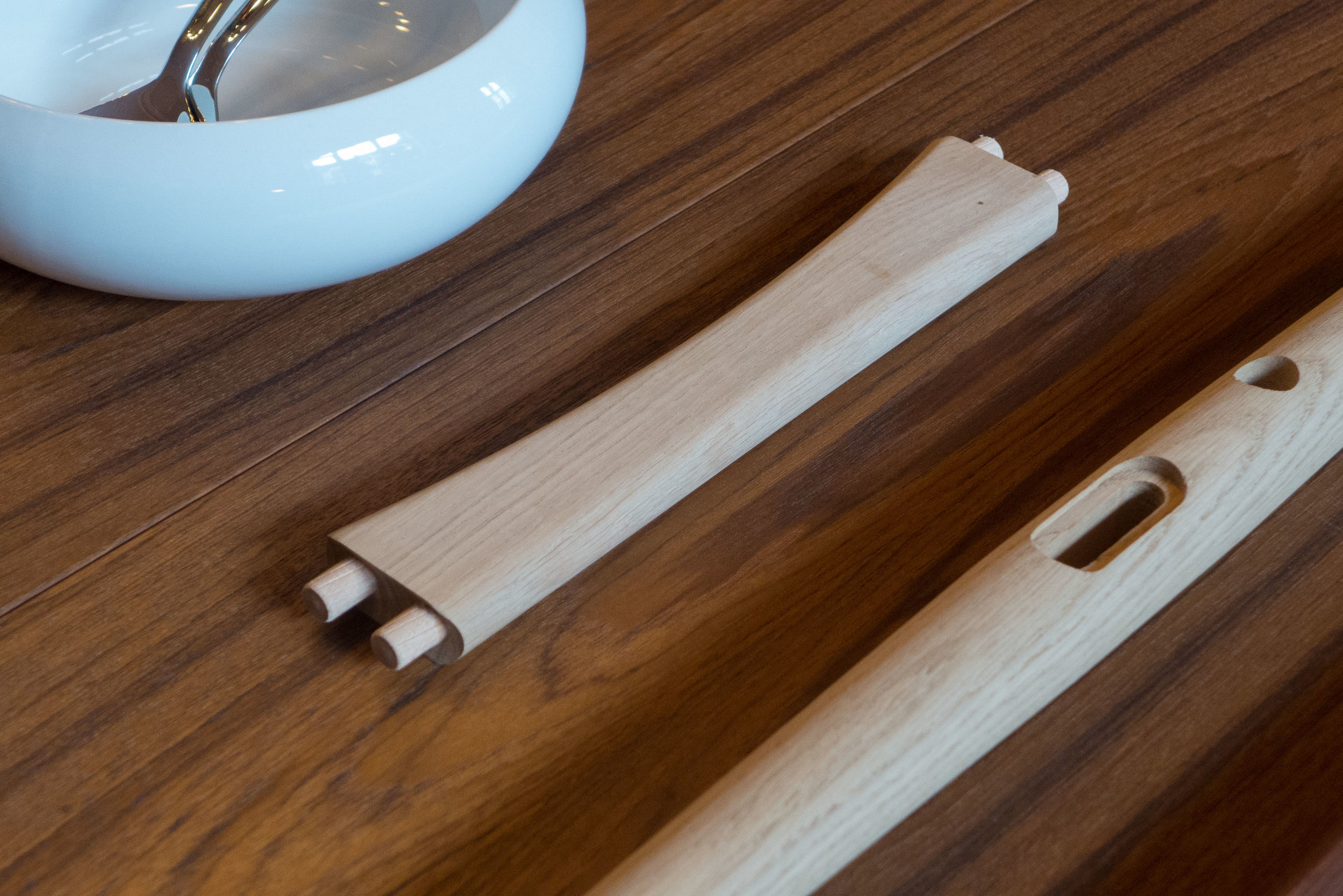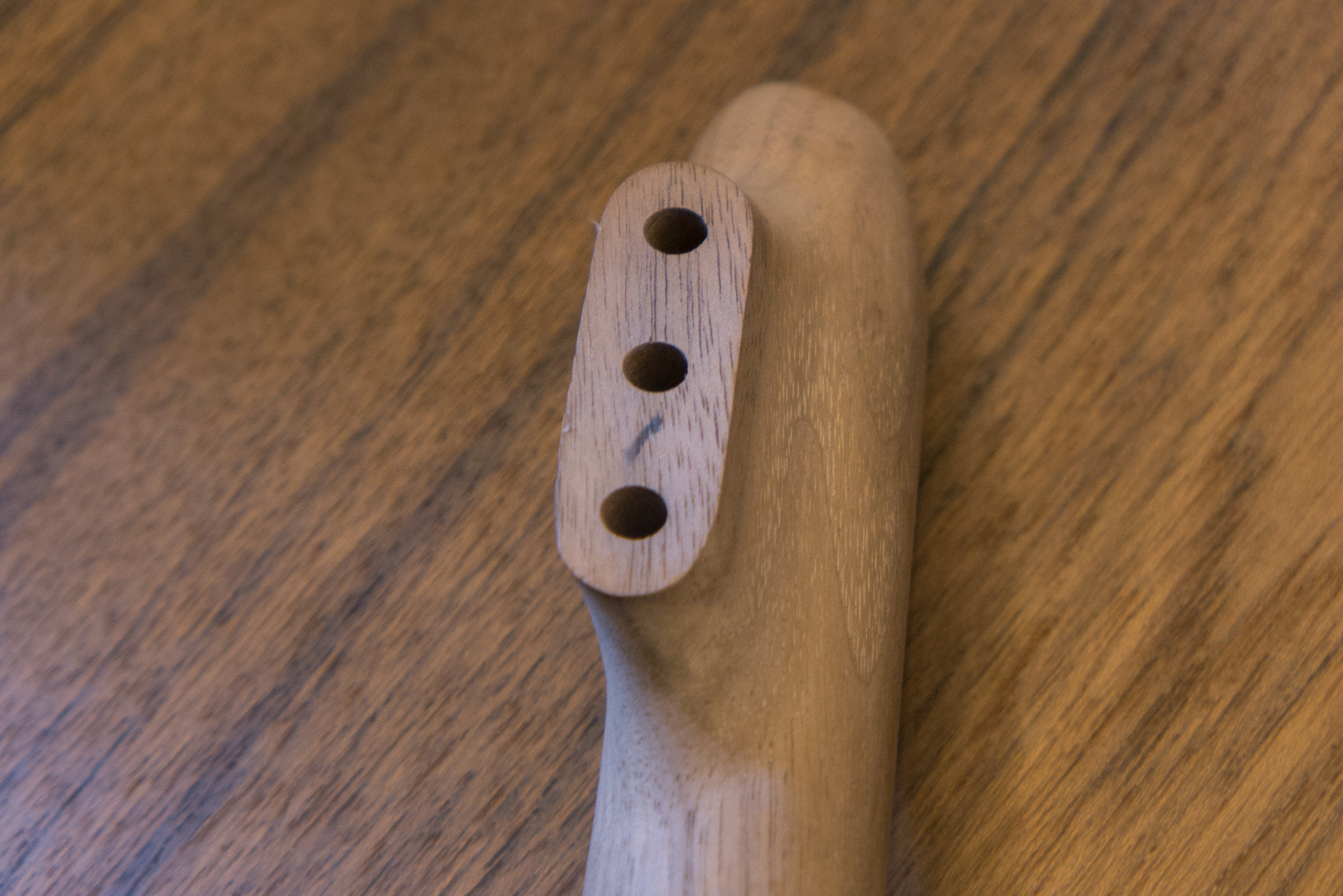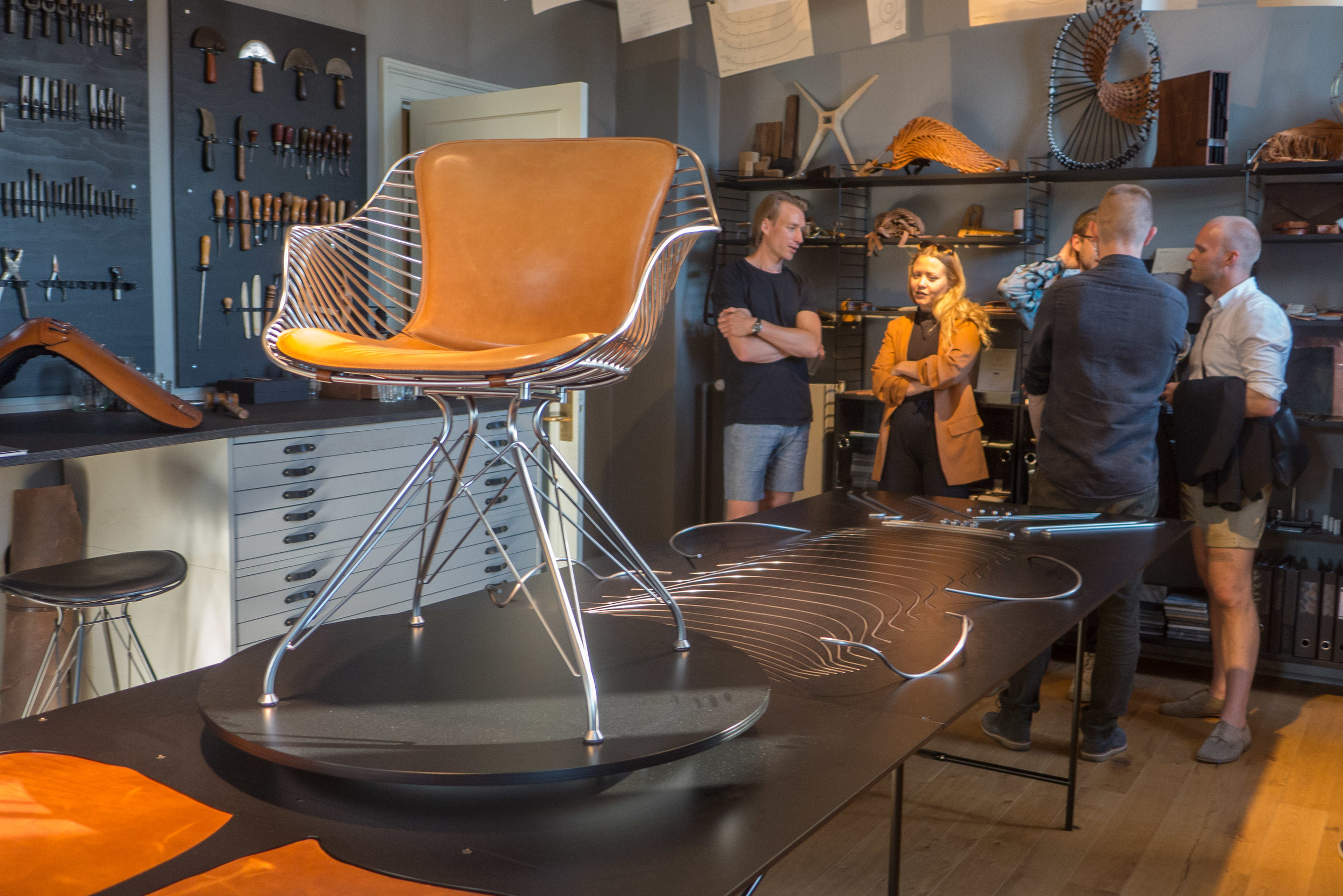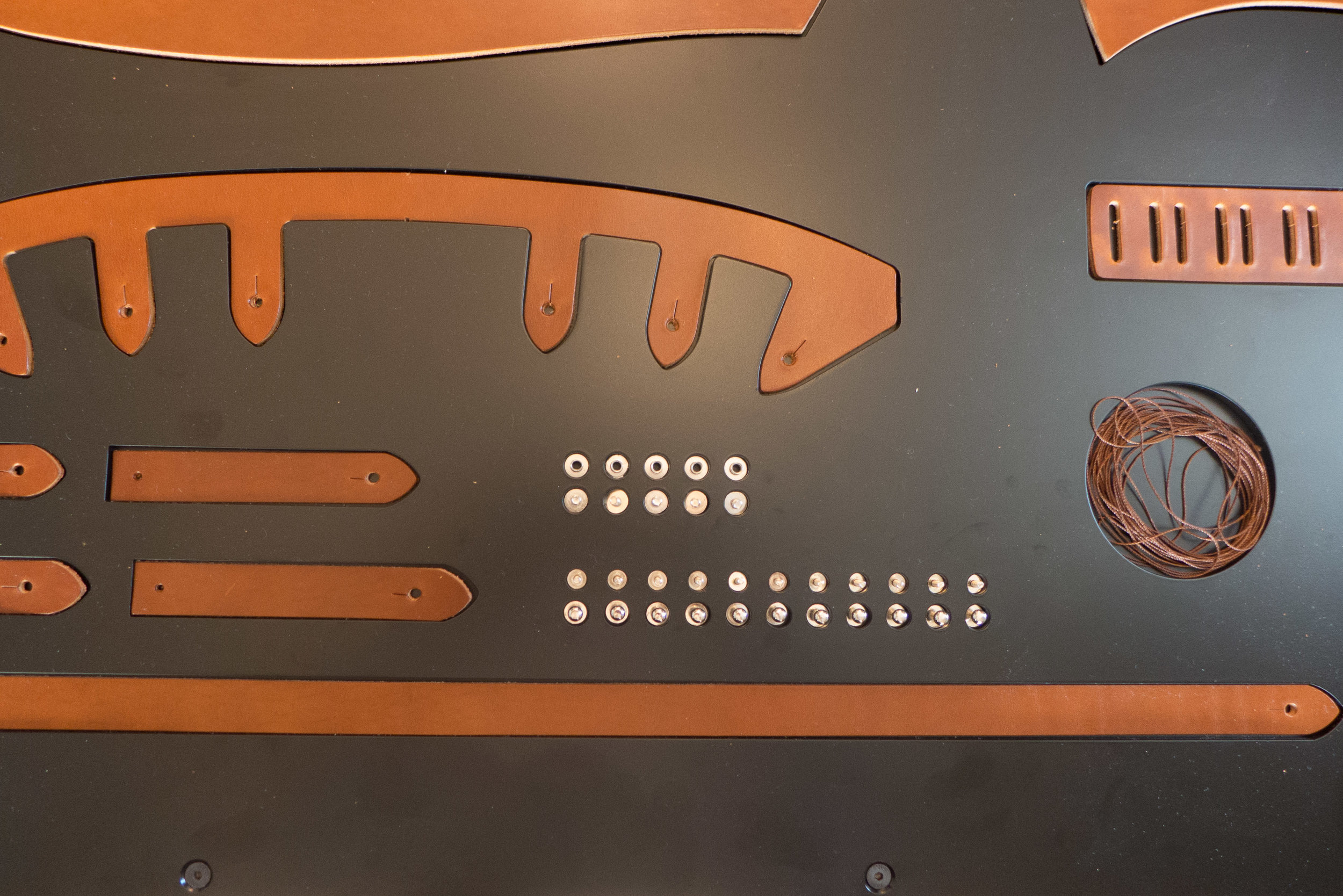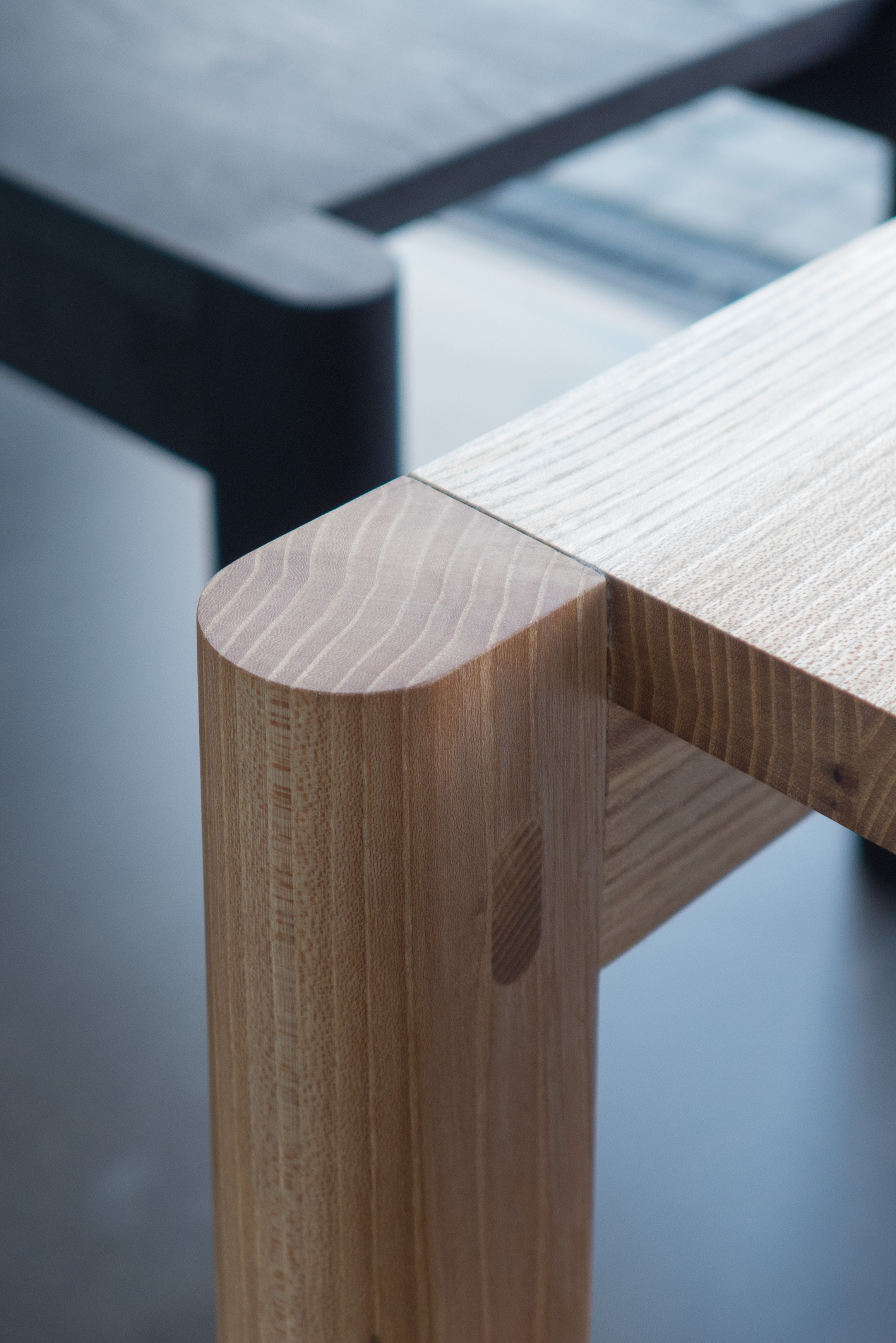3daysofdesign is when design companies and manufacturers and studios in Copenhagen open their doors to show everyone their designs and products and take that opportunity to explain the why and the how and the what of the design world in the city.
House of Finn Juhl have showrooms in Frederiksgade and they showed some of their best furniture so this was the opportunity to not only look at furniture up close but to sit on chairs or ask questions.
In one of the rooms, as the centre piece, was a Silver Table, designed by Juhl in 1948 with 30 inset discs that give the design its nickname of the Judas Table.
It was set for a grand meal but between the plates and glasses were parts of some of the classic Juhl chairs so for instance an arm of a Chair 45 or chair FJ45.
This was the first time I had seen the sections of a chair by Juhl before they had been assembled and so, of course, took photographs.
With so many things - like magic tricks or great culinary dishes - to have the trick explained often spoils the illusion. Curiously, here it was exactly the opposite.
Discussions about designs by Juhl inevitably point out a contrast between Finn Juhl and his contemporary Hans Wegner in that designs by Wegner seem to have evolved as designer and cabinetmaker resolved how to realise a design by working through what could be done and how whereas Juhl appears to have had a very clear idea of what he required and it was up to the craftsman to work out just how to make that happen.
Seeing the parts of a Juhl chair laid out did not spoil the trick … rather it was the opposite because, looking at the smooth, complex and almost organic shapes and the precision and cutting of the joins for fixing together the parts, the workmanship seemed even more amazing and it was possible to understand exactly why modern machinery for cutting and shaping wood makes the production of these chairs possible.
What I still don't understand is how a craftsman can see in a piece of timber the line of the finished piece where the grain, that reflects natural growth of an individual tree, is used to enhance the finished piece rather than being a perverse and difficult part of the natural material that can and will form a line of weakness.
House of Finn Juhl






